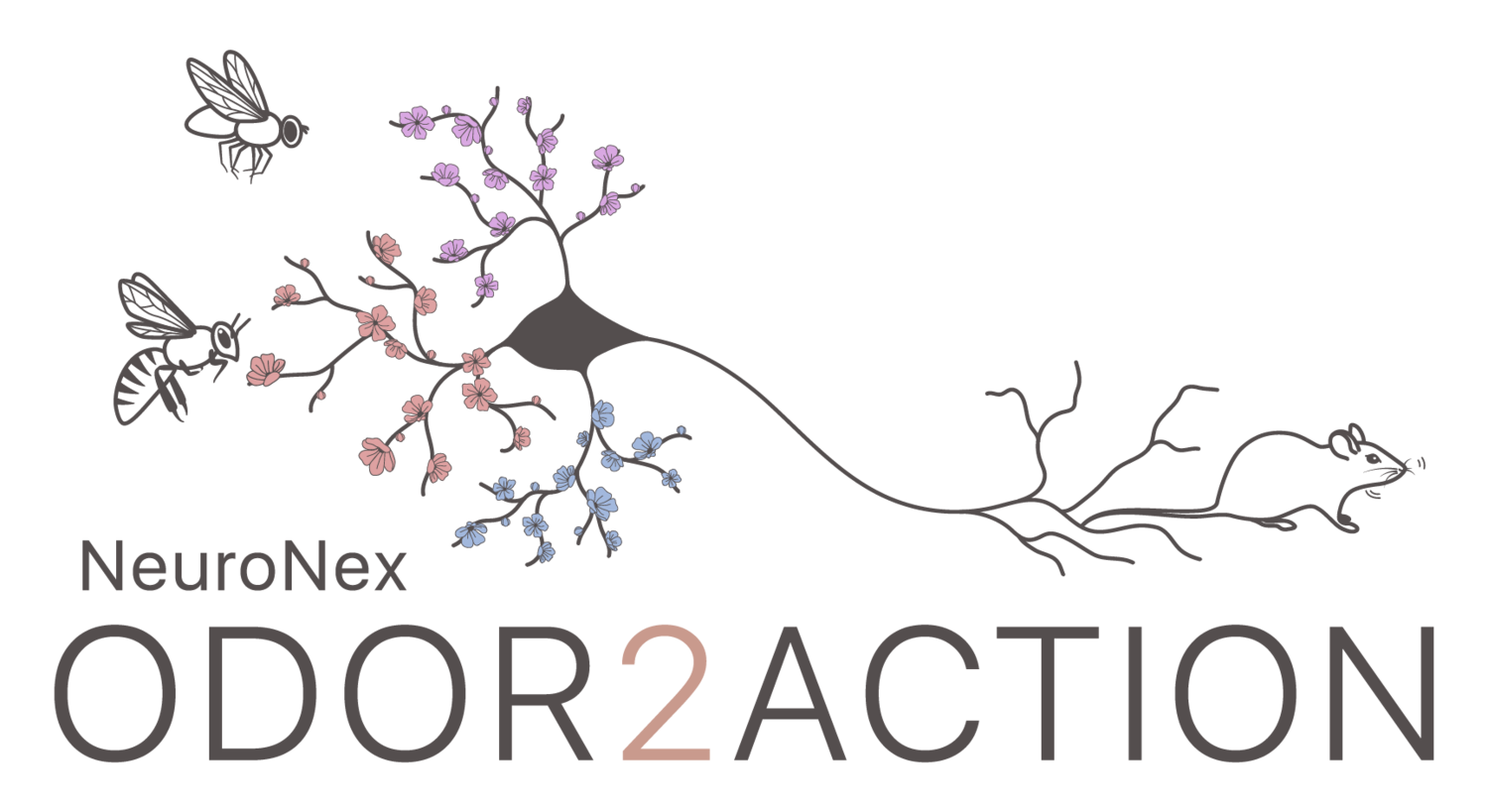CU leads international Odor2Action research work on how smells guide behavior in animals
“One of the reasons we don’t understand how animals use their sense of smell to find things is because we can’t see the odor,” Crimaldi said.
As a response to this, Crimaldi and his team developed a laser technology that makes odor visible and allows them to measure what odor stimulus looks like. This information from his lab will then be put into a database to be used by other researchers, allowing them to replicate how an odor field is distributed in space and time.
Using these measurements, odor can then be administered to a number of model species including fruit flies, mice and honeybees in a manner similar to virtual reality. But instead of using sense of sight and a visual database, they can use sense of smell and an olfactory database, where they can then measure the animals’ behavioral response.
“We’re giving a known stimulus you can then see, and then using techniques my colleagues have developed to look into the brain to see what the response is, and from that we hope to mechanistically replicate how the brain works,” he said.
While Crimaldi’s research over the last five years has largely focused on understanding the effect of odor on animals’ navigation abilities, Odor2Action will focus broadly on behavioral response, whether that be running away from a predator, searching for a mate, looking for food or determining whether something is safe to eat.
Besides gaining a better understanding of how the brain functions, future findings may have a number of implications on technological advancements, according to Crimaldi.
Understanding animals’ ability to locate a smell or other behaviors is vital for replicating this response in Artificial Intelligence, and doing so could help to replace human jobs in the future that may be hazardous or dangerous, including detecting nuclear bombs, explosives, contraband or even someone buried in an avalanche, using chemical sensing.
In order to do this work, Crimaldi said it requires collaboration across disciplines including neuroscience, engineering and physics.
“Even though what we’re doing is probably at its core a neuroscience initiative, it actually directly responds to one of the National Academy for Engineering’s grand challenge problems, which is reverse engineering the brain; to mechanistically understand how the brain works,” he said.
CU’s department of Civil, Environmental and Architectural Engineering has recognized this need for interdisciplinary research, which is why its dean, Keith Molenaar, said it began an initiative years ago for research across departments.
“I think what’s incredible about this project is how many different disciplines need to come together to develop this understanding,” Molenaar said. “For us as engineers, we can’t alone solve or answer these big questions. These are the types of projects the college really likes to get involved in to first impact the local community (and) state, and then the national community as well.”

